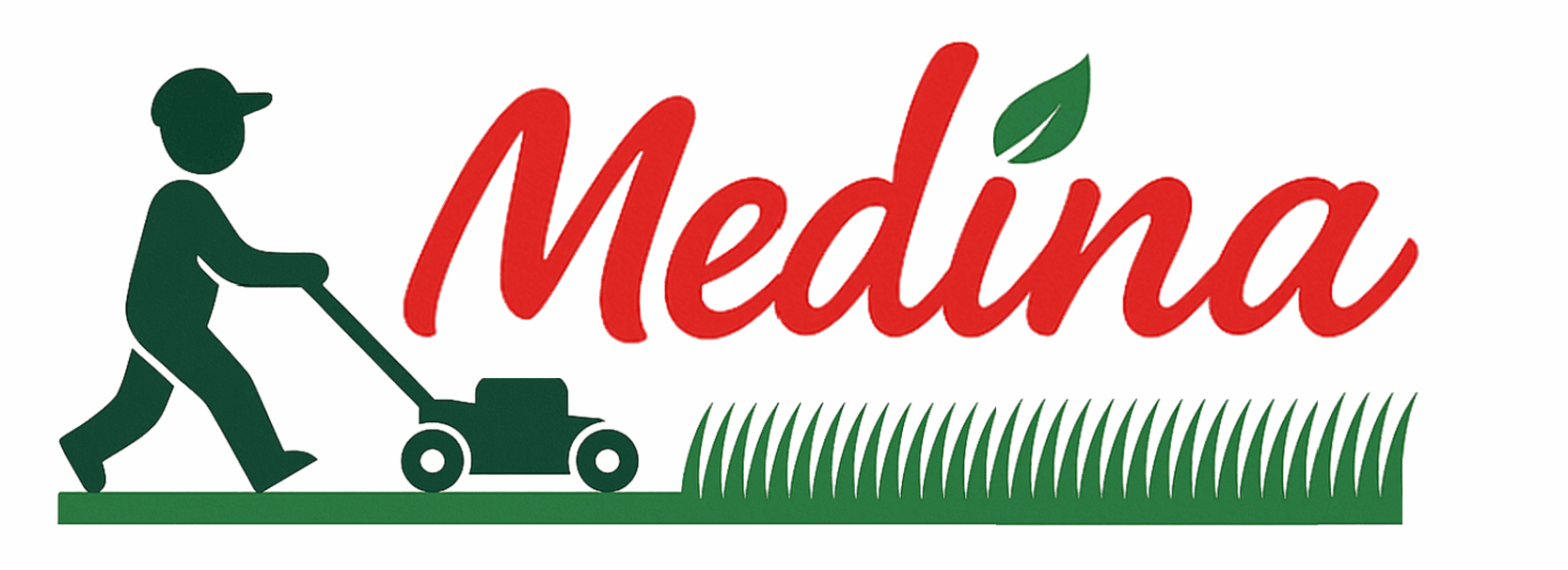Slit Seeding
Slit seeding
Slit Seeding
Slit seeders utilize closely-spaced vertical cutting blades or discs to create a shallow furrow, or slit in the turf, in which seeds are placed. The seed is stored in a hopper until it’s delivered to the soil and, depending on the machine, a roller or series of packer wheels may follow behind the seed head to close the slit around the seed to promote additional seed-to-soil contact.
The delivery system is responsible for effectively delivering the seed to the slit. Some machines place seed directly into the slit, which is preferable to systems that essentially broadcast seed over the slits and hope they go in. A delivery system that places seed directly into the slit will require less seed to achieve success.
With the ability to easily maneuver around landscaping and tight areas common in residences, walk-behind slit seeders are most often used by landscape contractors. These units are powered by a small engine, and typically have a seeding width of 20- to 24-inches. The vertical cutting blades have a secondary dethatching effect as well, and most walk-behind units can function well as a dethatcher simply by leaving seed out of the hopper.
Overseeding is often performed by landscape contractors to replace turf that has died due to weather or disease, or to re-invigorate the lawn. Contractors will often perform aeration prior to overseeding with a slit seeder, which provides additional opportunities for seed-to-soil contact.
The natural dethatching effect of the vertical cutting blades leaves a protective layer of thatch above the slits to protect the seed and hold moisture in during seed germination. An added bonus is that walk-behind slit seeders often function well as a dethatcher by simply running the machine without seed in the hopper. For turf with an excessive heavy thatch layer, it may be helpful to run the machine in a dethatching function (dispose of the excess thatch) prior to overseeding. This opens up the turf and allows for more seed-to-soil contact
. While there are a number of options for seeding and overseeding grass, it’s tough to beat slit seeders for their overall effectiveness at achieving a consistently high level of seed-to-soil contact for successful germination. And while a slit seeder alone is no guarantee of success — proper watering, fertilization and mowing are also equally important — modern slit seeders are well-respected among landscape professionals for the quality results they can deliver.Slit seeders and overseeders have become useful seeder types among turf care professionals of all persuasions — and for good reason. When combined with proper site preparation and after-seeding care, a modern slit seeder can help you achieve a high level of seeding success
contact info
- 3500 N Spaulding Ave, Chicago, IL 60618
- 773-777-LAWN (5296)
send us a message
Contact us and we will happily respond

